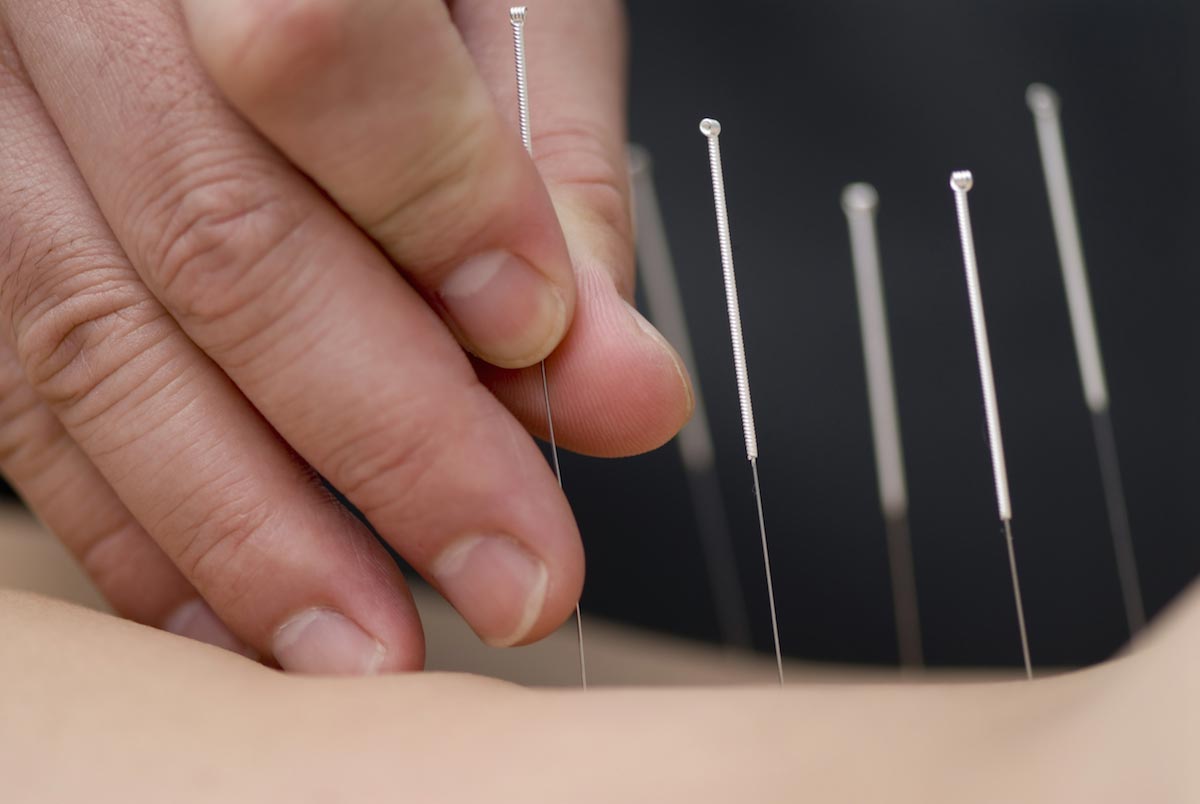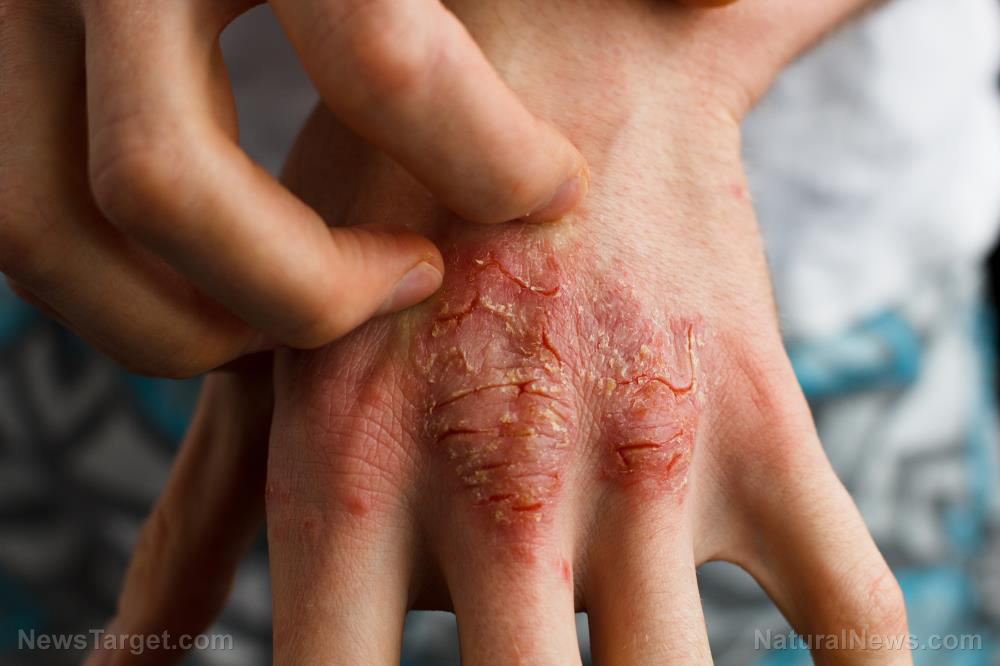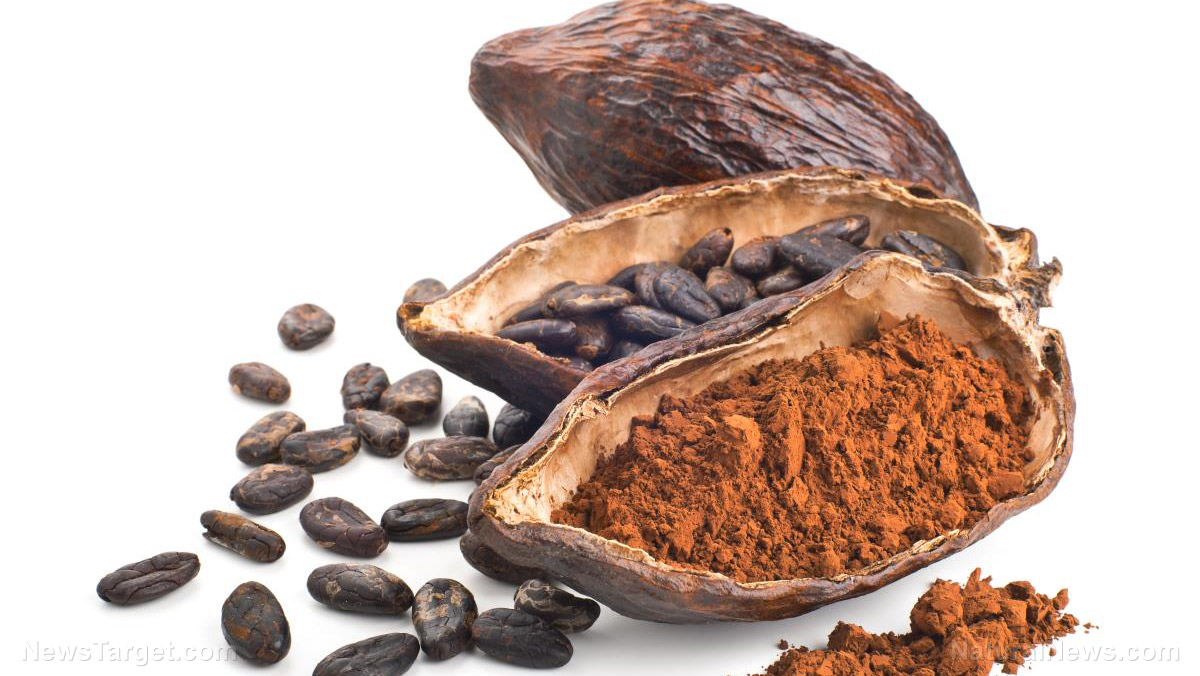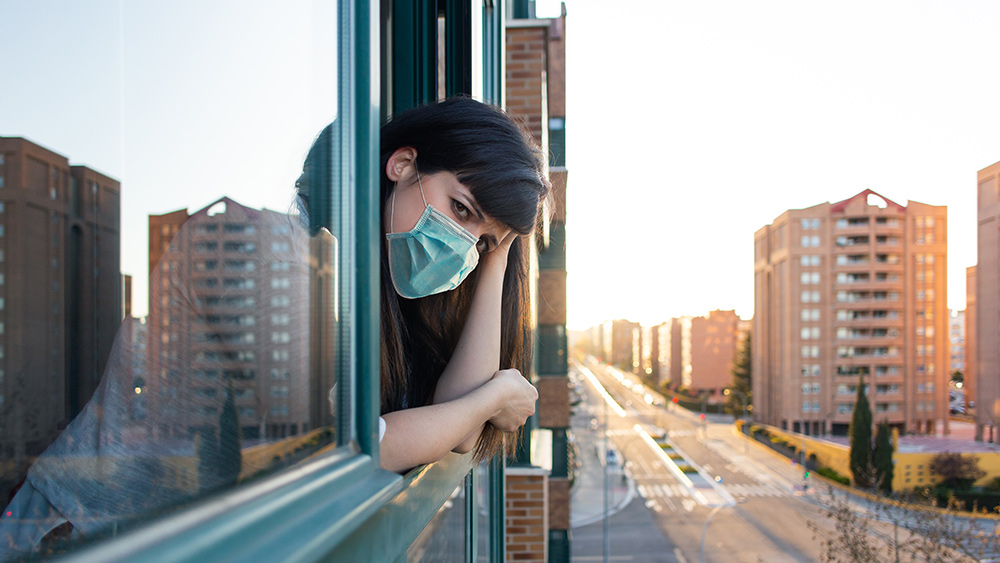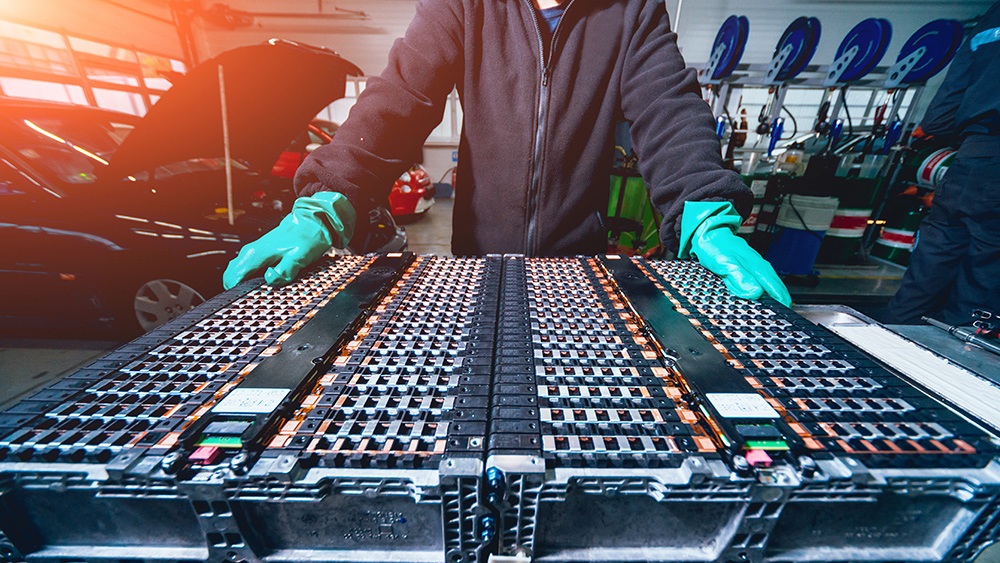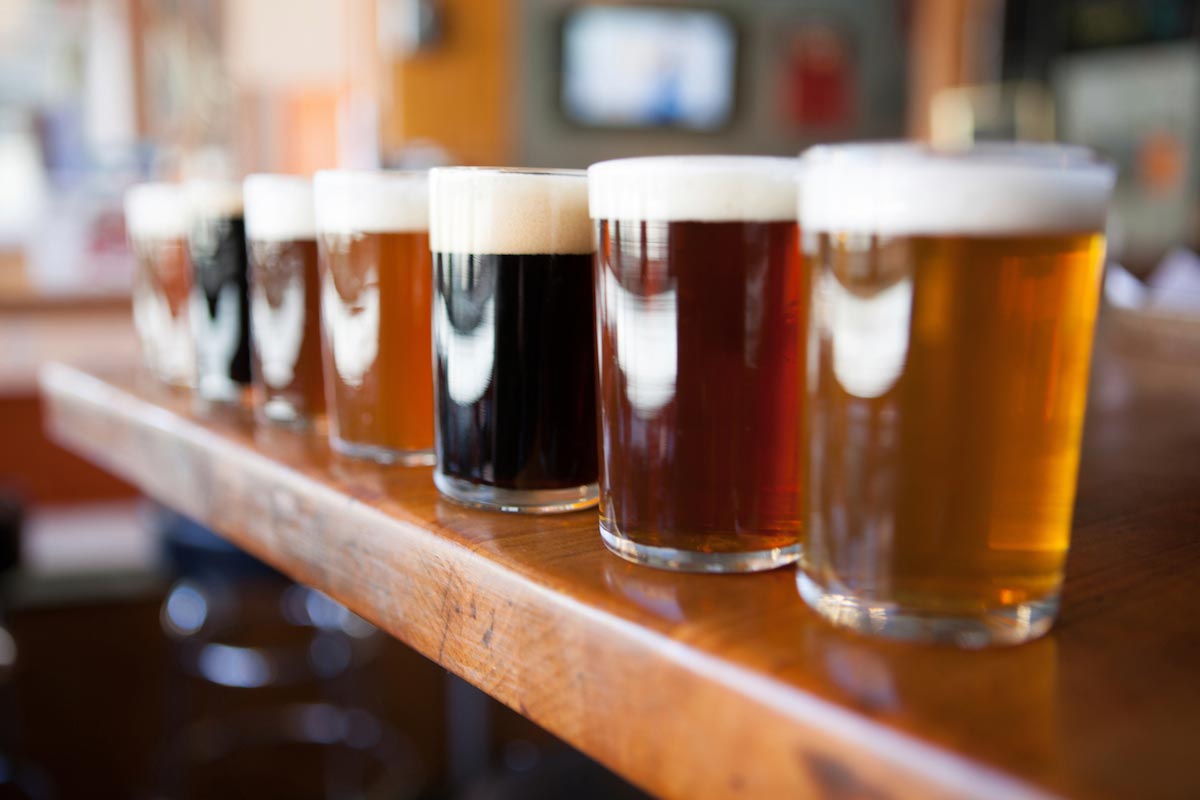Acupuncture TWICE as effective at treating lower back pain than prescription pain killers
09/15/2025 / By Lance D Johnson
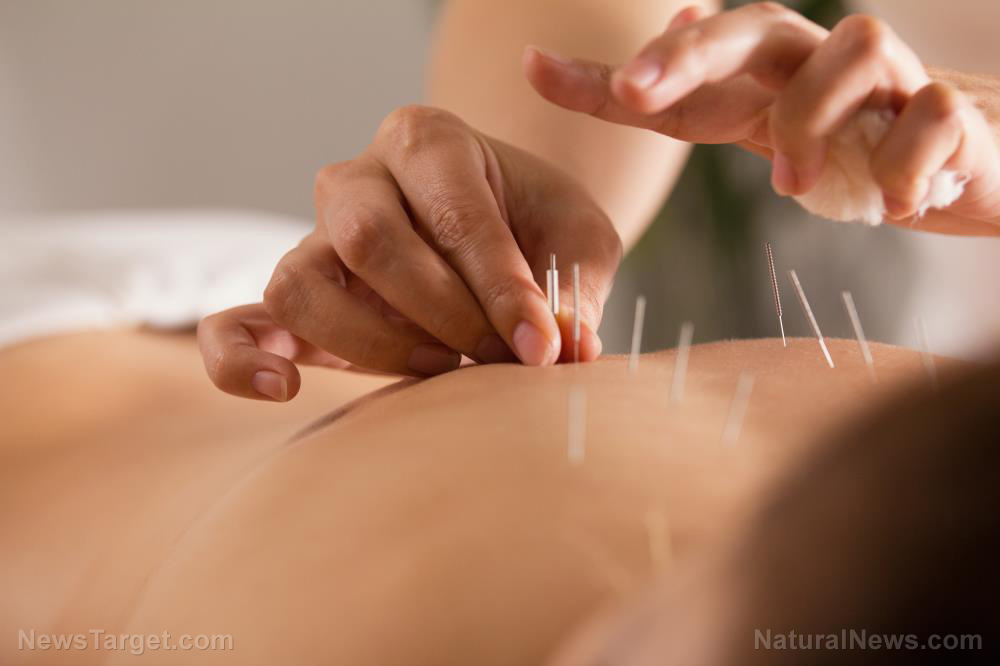
Imagine waking up every morning to a dull, gnawing ache in your lower back—a pain that never quite fades, no matter how many pills you swallow or how many times you stretch. For millions, this isn’t just a bad day; it’s life. Chronic back pain doesn’t just hurt the body; it erodes patience, steals sleep, and turns simple tasks like bending to tie a shoe into a test of endurance. Now, picture this: a remedy older than recorded history, one that doesn’t come in a blister pack or a surgeon’s scalpel, quietly proving itself in clinical trials as not just effective, but lasting—long after the needles are gone and the treatment room is empty. That remedy is acupuncture, and a groundbreaking study has just confirmed what traditional healers have known for centuries: the body can heal itself, if only we give it the right nudge.
Key points:
- A major U.S. study reveals acupuncture provides long-term relief for chronic lower back pain in older adults, with benefits lasting at least a year after treatment.
- Patients receiving acupuncture reported 30% or greater improvement in symptoms—nearly double the rate of those relying on standard medical care like painkillers or surgery.
- Unlike pharmaceutical treatments, acupuncture carries minimal risk of side effects, making it a safer alternative for aging populations vulnerable to drug-related complications.
- The study, published in JAMA Network Open, is the first large randomized trial focused exclusively on patients over 65, addressing a critical gap in pain management research.
- Researchers argue the findings should influence healthcare funding policies, including Medicare, to expand access to non-drug therapies for chronic pain.
The hidden costs of modern pain relief
For decades, the default response to chronic pain has followed a familiar script: take a pill, get an injection, or—if all else fails—go under the knife. But what happens when the cure starts to look as dangerous as the disease? Dr. Susan Murphy, an associate professor at Michigan Medicine, cuts to the heart of the issue: “Most treatments offered are medications, which have side effects and may increase the risk of abuse and addiction.” It’s a sobering admission. Opioids, once hailed as a miracle for pain sufferers, now claim 50,000 American lives annually through overdose. Even over-the-counter NSAIDs like ibuprofen, when used long-term, can trigger stomach ulcers, kidney damage, or heart problems. And for older adults, whose bodies metabolize drugs less efficiently, the risks skyrocket.
Enter acupuncture—a practice that traces its roots back 2,500 years to ancient China, where healers mapped the body’s qi (pronounced “chee”), or vital energy, along pathways called meridians. By inserting hair-thin needles into specific points, practitioners aim to restore balance and prompt the body’s own healing mechanisms. Western medicine, ever skeptical of what it can’t quantify, has long dismissed acupuncture as pseudoscience. Yet study after study keeps proving it wrong. This latest research, spanning four major U.S. health systems and involving over 50 licensed acupuncturists, didn’t just show acupuncture works—it showed it works better than the standard arsenal of drugs and procedures, without the collateral damage.
The trial split 800 older adults with chronic lower back pain into three groups: one received usual care (painkillers, physio, or surgery), another got a 12-week course of acupuncture, and the third received acupuncture plus maintenance sessions over the following year. The results? At six months, both acupuncture groups reported significantly less pain and disability than the usual-care group. But here’s the kicker: those benefits didn’t fade. A year later, nearly half the acupuncture patients still enjoyed at least a 30% reduction in symptoms—compared to just 30% of those on standard treatment. And the risks? Almost nonexistent. The worst side effect was occasional soreness at the needle site.
The science behind acupuncture’s staying power
To understand why acupuncture works, you have to abandon the idea that healing is solely a chemical process. Modern medicine tends to view the body as a machine: when a part breaks, you replace it (surgery) or flood it with synthetic fixes (drugs). Acupuncture operates on a different principle—the body as an ecosystem. Those tiny needles don’t just poke randomly; they’re placed along meridian points that correspond to nerve bundles and muscle trigger points. When stimulated, these points do three critical things:
- Trigger the release of endorphins—the body’s natural painkillers, which are 100 times more potent than morphine but without the addiction risk.
- Reduce inflammation by signaling the brain to dampen the production of pro-inflammatory chemicals like prostaglandins.
- Improve blood flow to tense or damaged areas, accelerating tissue repair.
Brain imaging studies have even shown that acupuncture rewires pain perception. Functional MRIs reveal that needle stimulation calms the amygdala—the brain’s alarm system—while boosting activity in the prefrontal cortex, the region responsible for rational thought and emotional regulation. In other words, acupuncture doesn’t just mask pain; it reprograms the brain’s response to it.
But what about the placebo effect? Critics argue that acupuncture’s benefits stem from patients believing it works. The researchers anticipated this skepticism. They included a sham acupuncture group in earlier trials—patients who received needles inserted at random, non-meridian points. The result? The real acupuncture group consistently outperformed the sham group, proving the effects weren’t just psychological.
Why this study should shift the paradigm of pain management
This isn’t just another “alternative therapy” success story. It’s a watershed moment for how we treat pain—especially in an aging population. The study’s lead author, Dr. Dan Cherkin of Kaiser Permanente, didn’t mince words: “Our resulting 1.0- to 1.5-point difference [on the pain disability scale] is clinically important, congruent with or larger than effects reported for other pain-related treatments.” Translation? Acupuncture doesn’t just compete with drugs—it beats them.
Yet despite the evidence, acupuncture remains woefully underutilized in Western healthcare. Why? Follow the money. The global pain management market is worth $83 billion annually, dominated by pharmaceutical giants and surgical device manufacturers. Acupuncture, by contrast, is cheap, non-patentable, and decentralized—a threat to industries that profit from lifelong customers. Even when studies like this one prove its value, insurance coverage lags. Medicare, for instance, only began covering acupuncture for chronic lower back pain in 2020, and only under strict conditions.
But the tide may be turning. With opioid lawsuits bankrupting drugmakers and patients demanding safer options, healthcare systems are being forced to reconsider. This study, designed partly to influence Medicare funding decisions, could be the tipping point. If acupuncture becomes a first-line treatment for chronic pain, it wouldn’t just spare millions from addiction and side effects—it would save billions in healthcare costs.
Pills numb; surgeries cut; but neither asks why the pain is there in the first place. Acupuncture does. It assumes the body is designed to heal—if given the right tools.
Sources include:
Submit a correction >>
Tagged Under:
acupuncture study, aging health, alternative medicine, alternative therapy, ancient remedies, back pain, chronic pain, clinical trial, Cures, drug-free, endorphins, healing, healthcare costs, holistic health, inflammation relief, Medicare policy, meridian points, natural healing, natural remedies, non pharmaceutical, pain management, pain relief, senior health, TCM, traditional medicine
This article may contain statements that reflect the opinion of the author



